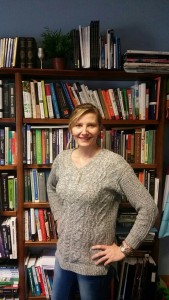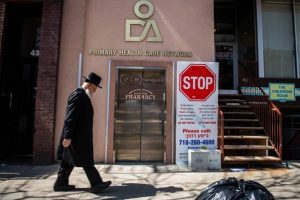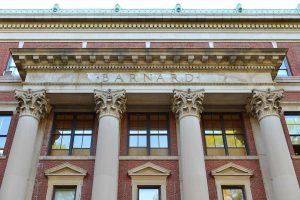By Brian Riley
Co-News Editor
Assistant Professor of Economics, Veroknika Dolar, was invited to the American Economic Association Conference in January 2016, for her method of teaching in her Economics of Obesity course. She was invited for her innovative teaching method, which essentially combines an independent study course with a typical lecture. At the conference she presented this information, and took questions from other interested professors.

Economic Association Conference in January 2016, for her method of teaching in her
Economics of Obesity course
Dolar’s course covers how food prices and income determine how we make decisions on what we eat. The other side of the course is the research component, where students are given the opportunity to choose, either individually or in a pair, a specific topic within the economics of obesity that can be proven or disproven through research that spans over the semester.
In the early stages of developing ECO 37, Dolar had to write a new course proposal to be approved by the department. She wrote her dissertation for her PhD on the economics of obesity, which gave her the experience to try out this course.
This semester is Dolar’s second attempt at the course; she taught it before during the spring semester in 2014. ECO 37 is a high-level elective that doesn’t get offered every semester because of the niche interest. This semester the course has 21 students enrolled. During her first semester teaching the class, Dolar said that she made the mistake of making the research component of the course only 15 percent, despite of the massive amount of work student put in to complete it. At the end of the semester, students told her that the research component was the most valuable part of the course, which caused her to increase its weight to 50 percent.
Elizabeth Barcia, a junior psychology major who is currently enrolled in the course, said, “It’s similar to the motivation psych class I took last semester where our research paper was a majority of our grade. I think it helps students get ready for deadlines in ‘the real world’ after college. I prefer a challenging course such as this. I’m not paying $3,000 a class to just get a degree and move on.”
Barcia, along with Valeriya Marchenko, a junior dance major, are researching how students’ body mass index is affected by when they eat. She spends six hours a week on the course and was slightly surprised when she realized the amount of necessary writing and research. “I was not prepared for that, however, the material is fascinating and it doesn’t feel like work.
”The AEA “was organized in 1885 at a meeting in Saratoga, New York, by a small group interested in economics,” according to aeaweb. org. Currently, there are over 18,000 members. It produces several different economic research journals, and hosts the annual conference that Dolar attended. To be accepted for the conference, she had to display her techniques, and innovation of teaching the course.




Be First to Comment